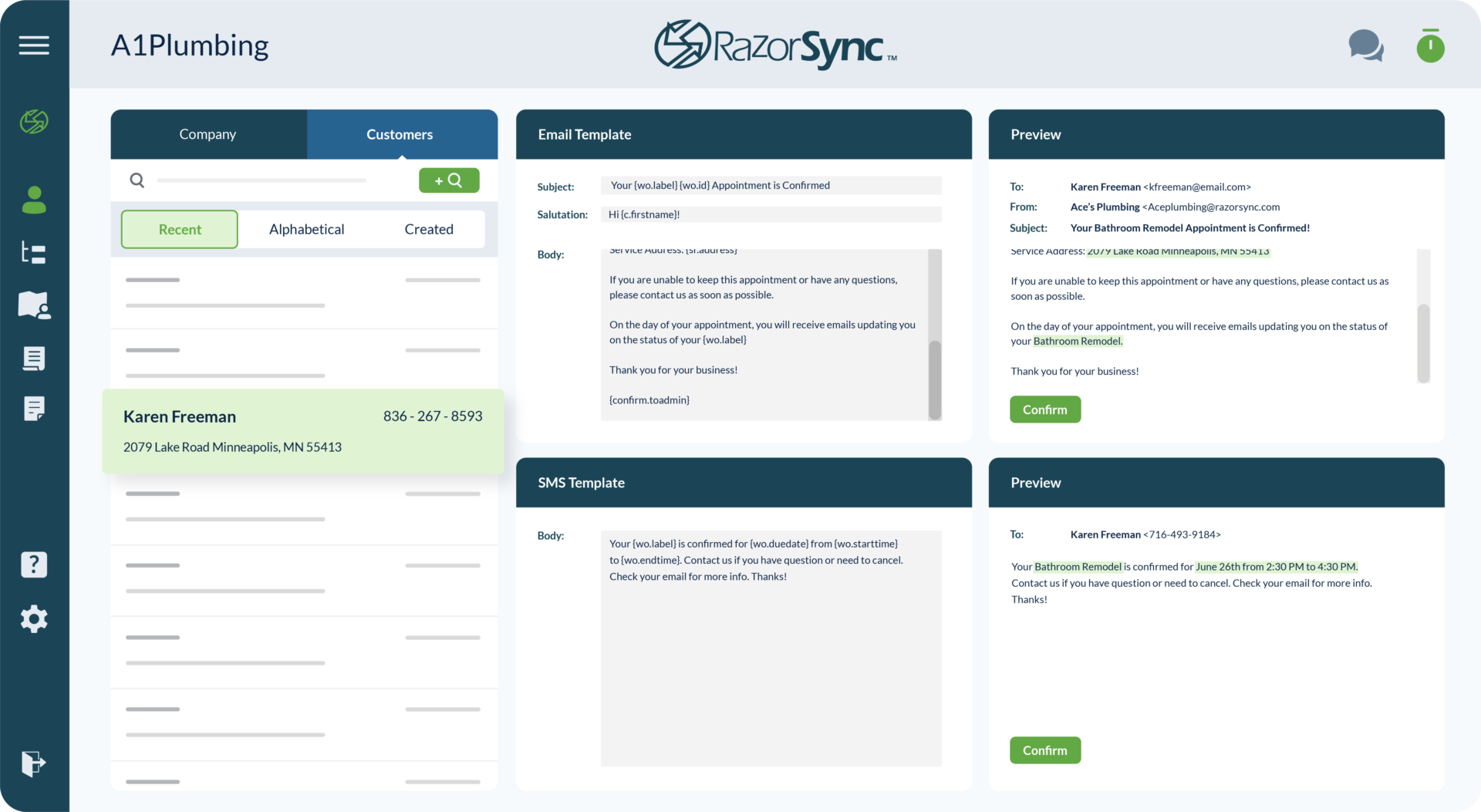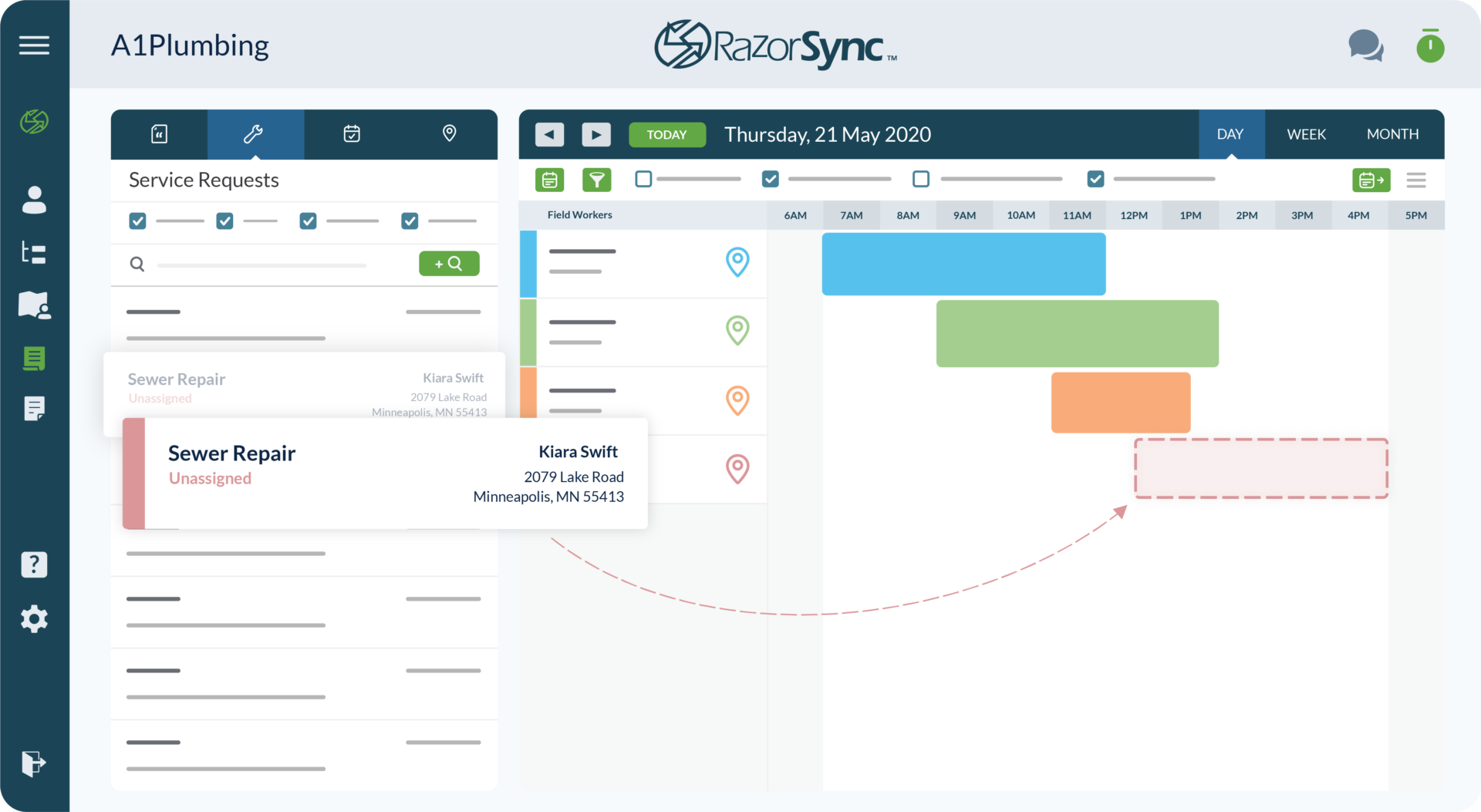How To Keep Your Consumers’ Energy Bills Low And Heat On High
When the weather outside turns frightful, your consumers’ energy bills might seem less than delightful. Going into winter means your clients will be looking for...
Nov 21, 2022
# of Minutes to Read
When the weather outside turns frightful, your consumers’ energy bills might seem less than delightful. Going into winter means your clients will be looking for ways to save big on heating and other energy costs. Here are some boxes your service people should check when they head to prep your client’s house for the season:

Check The Seals On Windows And Doors
The simplest way to keep your clients warm in the winter is to keep the heat inside the house. Over a third of the heat in a house escapes through the doors and windows, racking up your consumers’ energy bills. Use these methods to make the windows and doors of your clients’ homes impenetrable:
- Insulate or caulk the doors and windows – Make sure to choose the types of insulation that work best for the doors and windows of your client’s home. Caulking the doors and windows is another method that’s cost-efficient and simple to learn. Once applied, both methods not only keep the heat in but also keep the cold air out.
- Hang thermal blackout curtains – Thermal curtains are a super cost-efficient and customizable option for keeping the heat in during the winter. Their layers of insulating material make them perfect for year-round use and they’re widely available in-store and online.
- Use draft stoppers around the doors – Similar to thermal curtains, draft stoppers seal cracks under doors to keep the heat inside and cold air outside. They’re easy to find in-stores and online, but they can also be homemade as a fun DIY project.
Use Appliances Efficiently
Appliances can be costly to repair and replace, but old or broken appliances can add tons of zeroes to your consumers’ energy bills. Replacing appliances can be costly, but maintaining them properly ensures long-lasting use. Here are some tips your service team could recommend for your clients to conserve energy when using appliances.
- Laundry Machines – The washer and dryer duo are two of the biggest energy guzzlers of the home. Some ways to save money using the laundry machines are to run full loads on cold water, dry loads on lower heat settings, and switch clothes over while the dryer is still warm to use the heat from the previous cycle.
- Kitchen Appliances – Your client’s kitchen is full of appliances that they use every day. A few tips your for conserving energy using kitchen appliances are to load the dishwasher to its fullest capacity to save water, cook more items simultaneously in the oven and keep the door closed, and utilize the microwave to make food as often as possible.
- Bathroom Fixtures – Bathrooms are some of the most used rooms in any house, and are the chief culprits in water usage. Some methods to conserve energy when using the bathroom are to replace bathtubs with shower stalls, check faucets for drips and leaks, and install a low-flow shower head to save water.
Turn Down The Thermostat
The most obvious solution to a cold house is to crank up the heat, but keeping the thermostat running is a surefire way to see your consumers’ energy bills shoot through the roof. Here are some ways your team can keep your clients’ houses warm without using the costly thermostat:
- Reverse the direction of the ceiling fan – According to Good Housekeeping Institute, reversing the ceiling fan creates a draft that pushed warm air from the top of a room down to the bottom. This method keeps your client warm without touching the thermostat, and is easily reversible in the warmer months.
- Put down insulating rugs – Since heat leaves through the floors as well, Putting in rugs is your client’s best bet to avoid frozen feet. Wool rugs are the best for insulation purposes, but thick cotton rugs work just as well and are easier to clean.
- Check the roof for leaks and damages – The winter season is typically the roughest on your client’s roof, because of the constant fluctuation of winter weather. Have your service team check the roof for trapped water or ice, damaged seams, and cracked membranes to ensure the roof is keeping the weather from slipping into the house.
RazorSync’s field service software will help you manage your team and inventory to ensure that you’re able to provide modernized, high-quality insulation services efficiently. Contact RazorSync for details, or try it free for 14 days.











